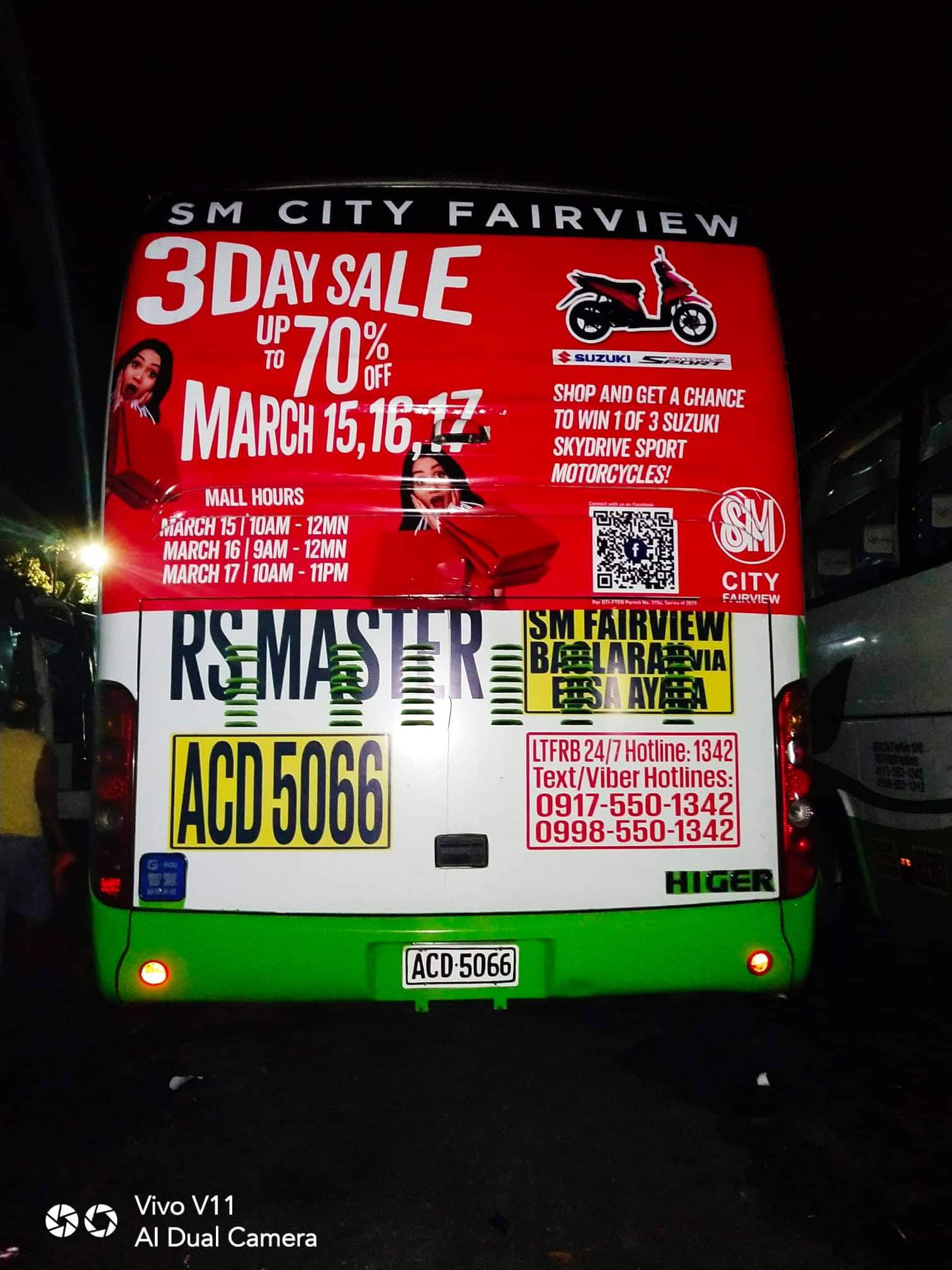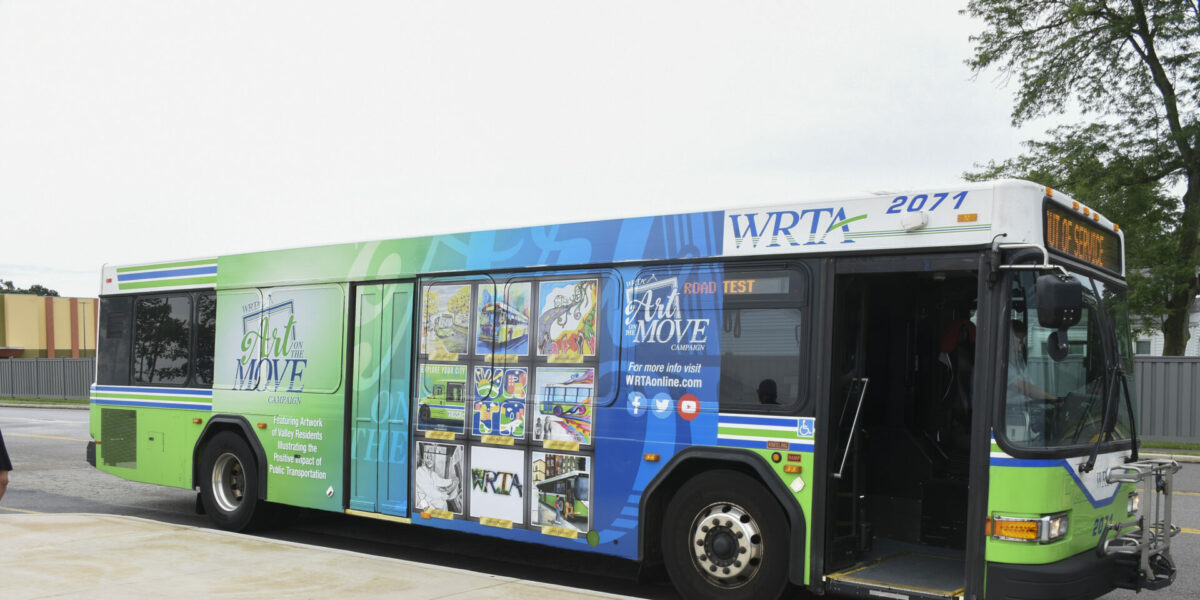How Transportation Advertising And Marketing Can Transform Public Transport Spaces Into Dynamic Advertising Operatings Systems
Transit marketing holds substantial capacity to redefine public transportation rooms right into vibrant advertising and marketing platforms that educate and engage. By using innovative styles such as interactive booths and electronic display screens, brands can not only reach a varied target market yet also improve the general traveler experience. This strategy creates a distinct chance for brand names to get in touch with consumers in a setting that is commonly neglected. As we check out the complex advantages and advancing strategies of transit marketing, it increases the concern of just how this makeover can redefine our interactions with both brands and the urban atmosphere.
Benefits of Transportation Advertising And Marketing

In addition, transit advertising is extremely affordable contrasted to conventional media. It permits advertisers to attain high perceptions at reduced costs, taking full advantage of roi. The restricted audience of commuters gives a chance for brand names to communicate their messages to people who are often receptive throughout their travel times.
Moreover, the dynamic nature of transportation marketing allows projects to be updated regularly, making certain that messaging continues to be appropriate and prompt. This versatility can be essential in replying to market trends or advertising events, maintaining the brand top-of-mind for consumers. Last but not least, the pervasive visibility of transit marketing adds to brand recall; duplicated direct exposure within familiar travel contexts enhances brand name awareness and promotes customer loyalty, eventually improving and driving sales brand name reputation.
Kinds Of Transportation Marketing
Mass transit systems give various formats for marketing, each providing to different advertising methods and target market engagement methods. One famous kind is external bus and train covers, which cover the entire automobile and develop a mobile billboard effect, allowing for high visibility in metropolitan environments. These covers can capture attention as they pass through hectic roads, getting to a varied target market.
An additional prominent style is interior advertising, which includes posters, electronic displays, and ads on transit seats. These positionings involve passengers throughout their trip, strengthening brand name messaging in a constrained area. Digital displays, specifically, use the advantage of dynamic material, enabling marketers to update messages in real-time.
Terminal marketing is additionally considerable, featuring posters, banners, and interactive stands within transit terminals. These ads utilize foot web traffic and can target certain demographics based upon location.
Last but not least, marketing partnerships with transportation authorities can lead to special projects, such as themed transportation experiences or events, boosting the general engagement with travelers. Each kind of transit marketing supplies distinctive benefits, permitting brands to customize their approach to successfully reach their target audience within the public transportation community.
Involving Travelers Efficiently
Travelers are increasingly swamped with advertising and marketing messages during their everyday trips, making it important for brand names to involve them in innovative methods. To record attention in this congested room, marketers must prioritize creative thinking and relevance. Utilizing eye-catching visuals and concise messaging can substantially boost the likelihood of engagement.
Interactive aspects, such as QR codes or enhanced fact attributes, can also transform static ads into immersive experiences, promoting a much deeper link with the target market. Brand names should focus on dealing with commuters' requirements and rate of interests, customizing messages to resonate with their lifestyle, whether through promotions click here for info for local companies or services created to improve their commuting experience.
Additionally, timing plays a vital duty; purposefully positioning advertisements throughout optimal travelling hours can optimize exposure and influence. Involving travelers successfully likewise includes leveraging social networks assimilation, permitting guests to share their experiences or promos straight from transportation systems, therefore intensifying brand name reach.
In essence, effective involvement rests on comprehending the commuter trip and producing compelling, interactive, and relevant advertising and marketing experiences that not just catch attention yet likewise drive action and commitment. By doing so, brands can transform public transport into a dynamic advertising and marketing platform that resonates with its target market.

Measuring Advertising Influence
Exactly how can brands properly evaluate the effectiveness of their ad campaign in transportation settings? Measuring the influence of transit advertising needs a multifaceted strategy that integrates qualitative and measurable metrics. One prevalent technique is tracking engagement via mobile analytics, where brands can assess foot web traffic patterns and app communications before, throughout, and after campaigns.
Studies can supply valuable understandings right into brand recall and consumer view, allowing brand names to gauge exactly how well their messages reverberate with commuters. In addition, keeping an eye on social media interaction pertaining to specific projects can disclose shifts in public assumption and brand conversation.

In addition, collaborating with transit companies can boost dimension precision, as they frequently possess in-depth group information on ridership trends. By integrating these approaches, brands can establish a detailed understanding of their advertising and marketing performance, making certain that their projects not just get to but also impact their target audiences effectively.
Future Trends in Transit Advertising
A considerable shift is anticipated in transit advertising as technical innovations and transforming customer habits reshape the landscape. Transit Advertising Philippines. The combination of digital displays and interactive media is anticipated to improve engagement, allowing brand names to supply dynamic content that resonates with varied target markets. As public transportation systems embrace clever modern technology, advertisers will utilize real-time information analytics to tailor messages based upon guest demographics and habits
Furthermore, augmented fact (AR) is poised to revolutionize the means commuters connect with promotions. By offering immersive experiences, AR can transform an ordinary journey right into an engaging narrative that captures focus and cultivates brand commitment. This advancement will likely encourage marketers to create even more experiential campaigns that drive customer interaction.
Sustainability is an additional important trend influencing transportation advertising. As ecological consciousness expands, brands will progressively seek to line up with environment-friendly techniques, utilizing lasting materials and advertising green efforts within their projects.
Final Thought
In final thought, transportation advertising and marketing supplies substantial advantages by enhancing brand exposure and engaging a captive audience. As patterns progress, the capacity for cutting-edge communications in between brand names and travelers is positioned to expand, making sure that transportation marketing stays an important element of contemporary advertising strategies.
Transportation advertising and marketing holds substantial possibility to redefine public transport areas his response into dynamic advertising platforms that notify and engage. The pervasive presence of transportation marketing contributes to brand recall; repeated direct exposure within familiar travel contexts reinforces brand name understanding and fosters consumer loyalty, ultimately boosting and driving sales brand name track record.
Just how can brands precisely analyze the effectiveness of their marketing projects in transit settings?In final thought, transit advertising provides significant benefits by improving brand presence and engaging a captive audience. Transit Advertising Philippines. As patterns evolve, the potential for innovative interactions in between travelers and brands is poised to expand, ensuring that transit marketing continues to be an essential component of modern advertising approaches
Comments on “Enhance Brand Name Get To with Transit Advertising Philippines”